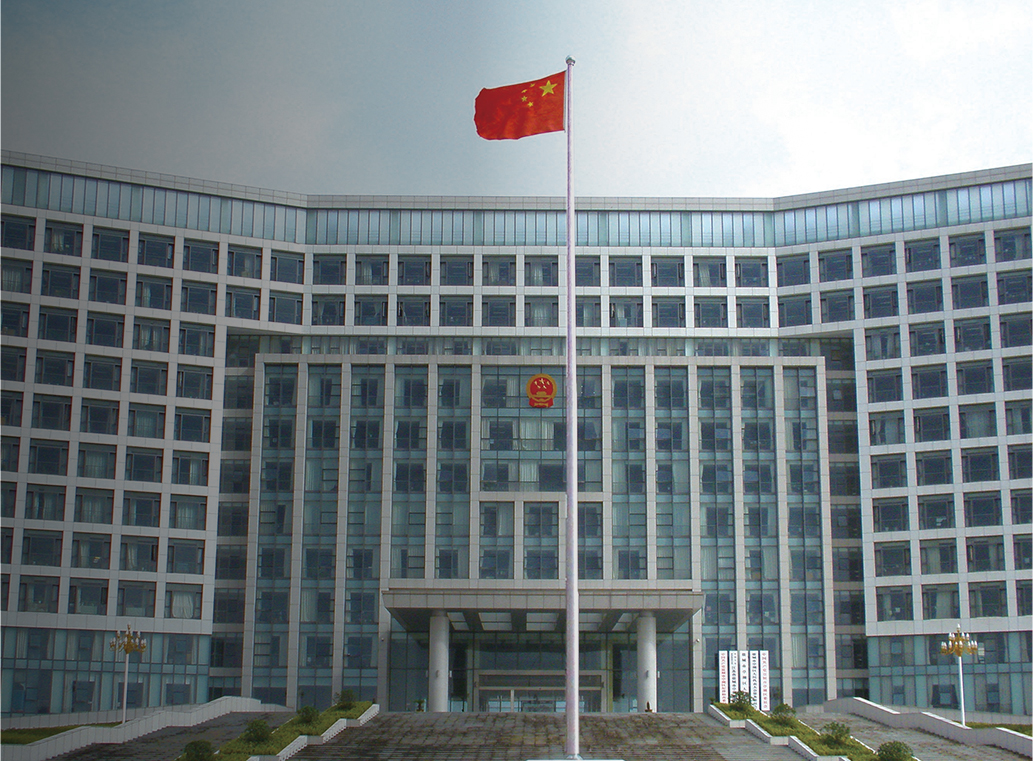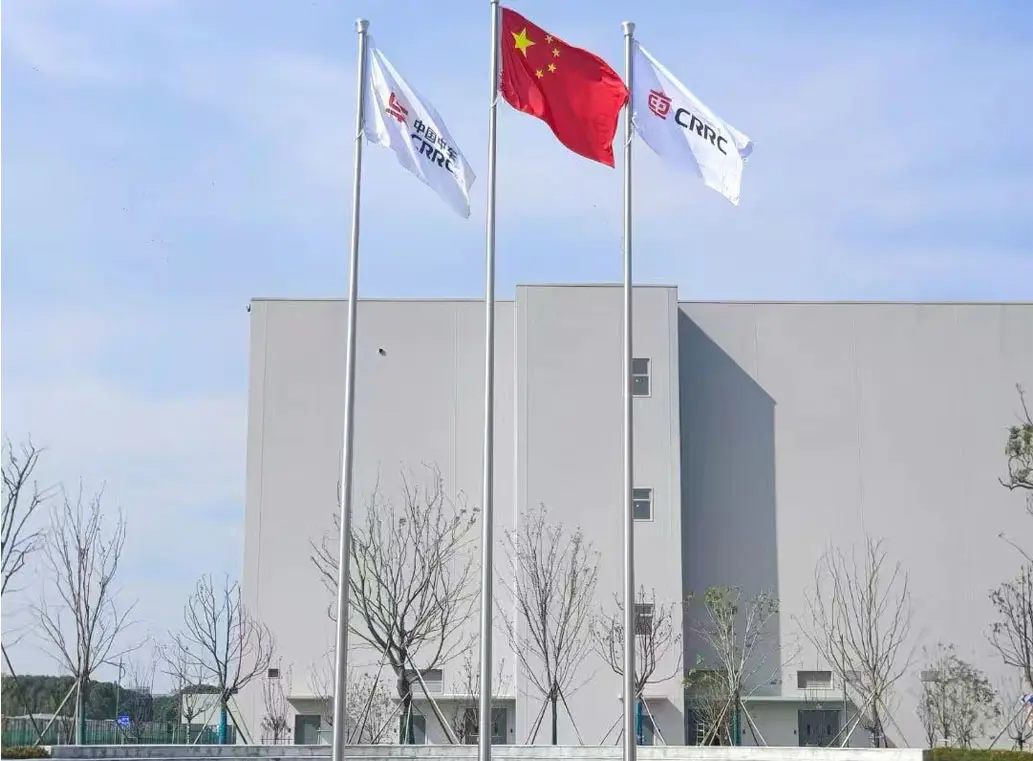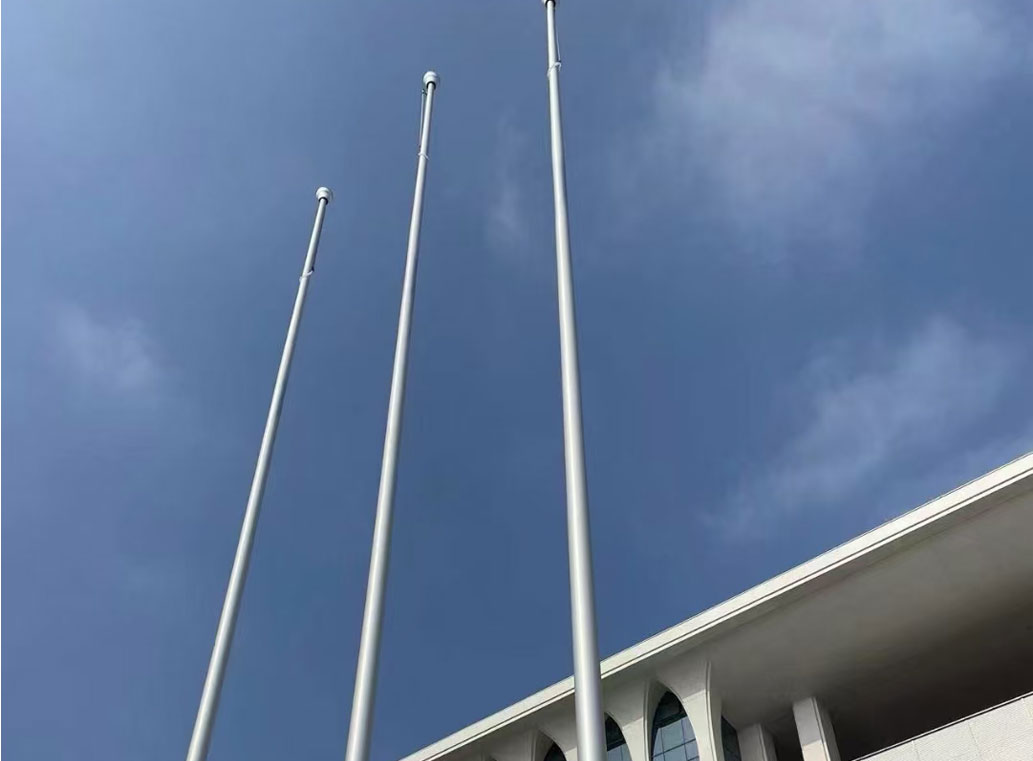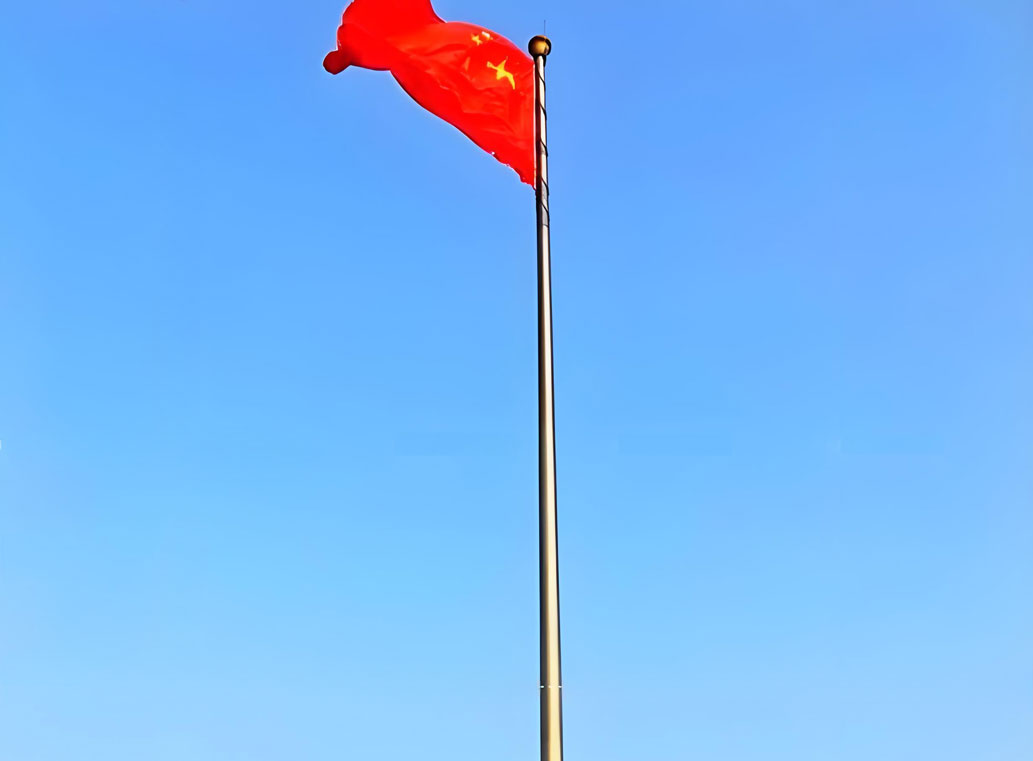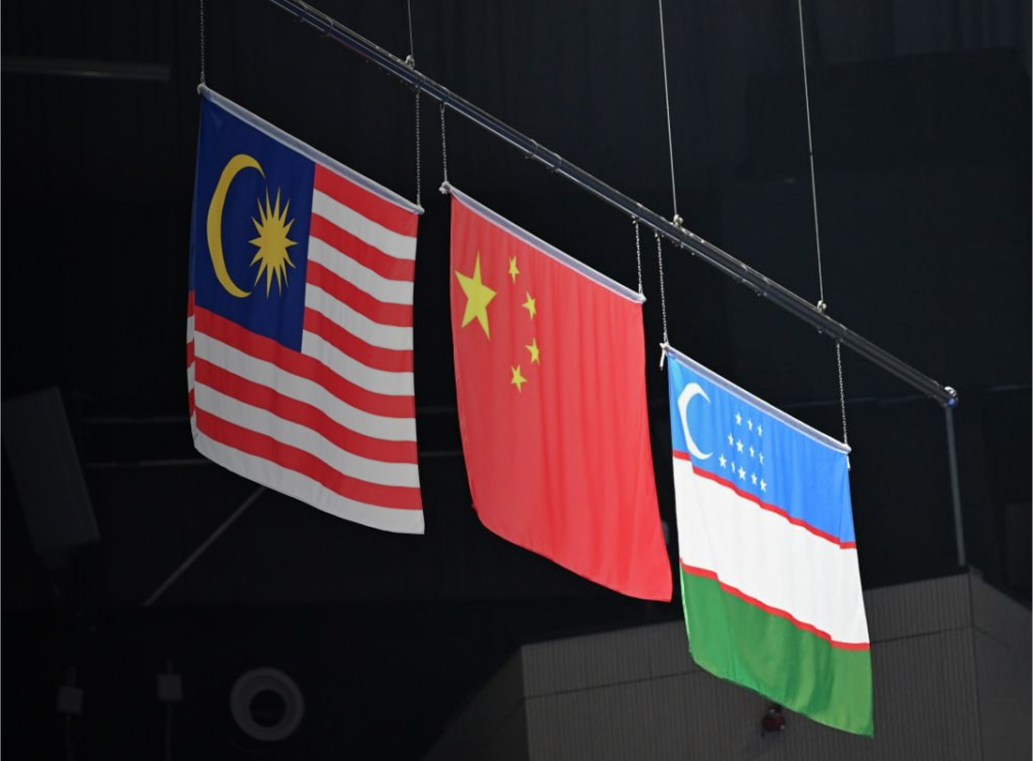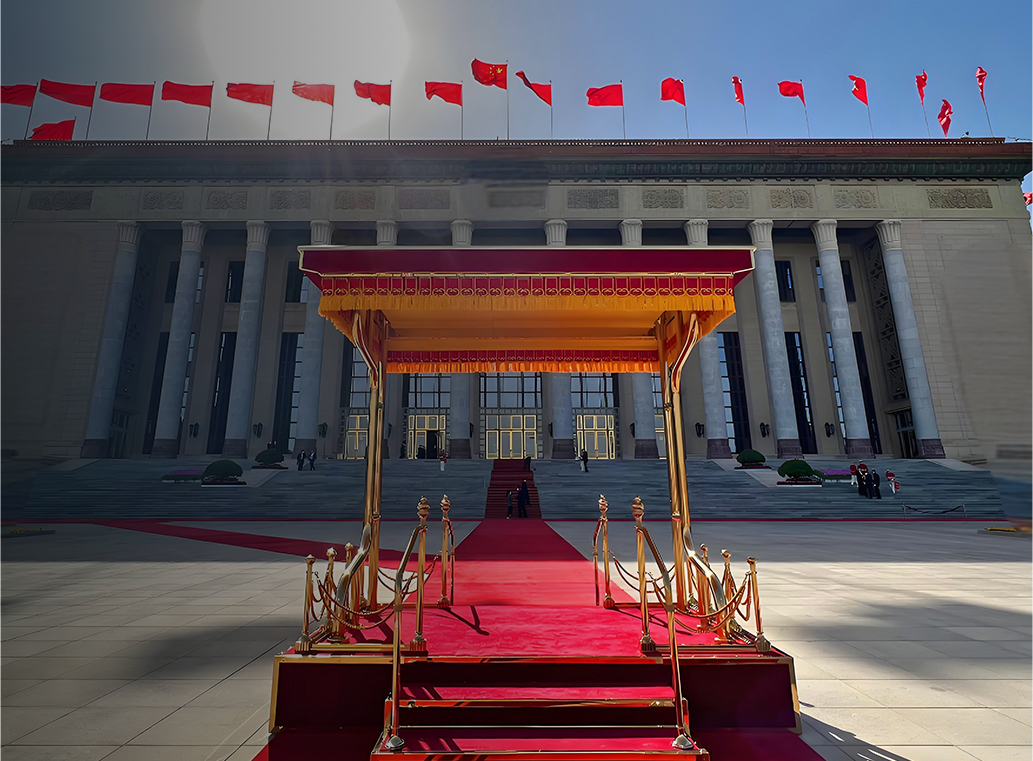Flagpoles stand as proud symbols, gracing homes, businesses, and public spaces alike. While various materials are used in their construction, stainles......
READ MORESubmit feedback
Key points of the process for lamp posts
Key points of the process
Folding and cutting the material
- Before cutting, adjust the angle of the shearing machine and ensure that it aligns with the desired vertical cutting dimensions.
- Position the steel plate properly to ensure use of leftover material.
- Length dimensions should be maintained during cutting, with a tolerance requirement of ≤±2mm for the width dimension. The cutting dimensions for the lower end of the high pole should have a tolerance of each section, generally 0-2m. Adjust the sizes accordingly using the cutting and automatic cutting machines.
- Equipment-wise: Check the operation of the shearing equipment, clear any debris on the tracks, and ensure the equipment is in good working condition.
Folding and bending
Bending is a crucial step in lamp post production. The quality of bending directly affects the lamp post's quality, and once bent, it cannot be repaired. Specific considerations include:
- Before bending: Remove cutting residue from the plate to avoid damaging the mold during bending.
- Check the length, width, and straightness of the plate. The straightness should be ≤1/1000, and any deviations should be corrected, especially for polygonal poles.
- Adjust the bending machine for depth and determine the positioning of the plate.
- Mark the plate correctly with a tolerance error of ≤±1mm. Ensure correct alignment for proper bending, minimizing the gap while keeping the top and bottom edges within 5mm.
Folding and welding
During welding, the welded seam after bending is welded with a straight seam weld. Welding is automated, so the welder must adjust the welding position and ensure the straightness of the weld seam.
Folding, repairing, and grinding
Repairing and grinding involves fixing defects in the pipe blank after automatic welding. Each section should be carefully inspected for defects, repaired as necessary, and ground after welding, and the ground area should match the automatic weld seam.
Folding and shaping
Shaping involves straightening the lamp post rounding the ends and sizing the diagonals of the blank pole. The general tolerance should be <±2mm and the straightness error of the blank pole should not exceed ≤±1.5/1000.
Folding and aligning the heads
Aligning the heads involves leveling both ends of the bent pipe to ensure the pipe opening is perpendicular to the centerline, without any angular or height discrepancies. After alignment, the end faces are polished.
Folding and mounting the base plate
Spot weld the base flange and reinforcing plates, ensuring the base flange is perpendicular to the lamp's centerline, the reinforcing plates are perpendicular to the base flange, and aligned with the lamp's axial line.
Folding and welding the base flange
Welding should follow national standards, ensuring welding quality, with weld seams appearing clean without pores or slag inclusions.
Folding and assembling the doors
During this process, attention to detail is crucial. First, determine the door's orientation from the drawings, then position it according to the dimensions. Plasma cutting should be precise, ensuring a straight cut. Afterward, the door panel is numbered and welded to the lamp post.
Folding and welding the door bars
When welding the 20mm wide door bars, ensure they are positioned 8-10mm out, especially when spot welding, ensuring a tight fit against the lamp post. Weld the electric bars and locks according to the drawings, with the lock welded at the center of the door, with a tolerance of ≤±2mm to maintain horizontal alignment without exceeding the lamp post.
Folding and bending the fork
The bending process for the fork is similar to that of the door, requiring attention to detail. Pay attention to the door's orientation, the bending point, and the angle of the fork, and ensure a consistent production rate of 99.999%.
Folding and galvanizing
The quality of galvanizing directly affects the lamp post's quality. Galvanizing should follow national standards, with a smooth, color-consistent surface and no running drips. Severe dripping requires re-galvanizing.
Folding and powder coating
Powder coating serves for aesthetics and corrosion protection.
- Grinding: Polish the galvanized surface with a polishing wheel to ensure a smooth, even surface.
- Straightening: Straighten and shape the polished lamp post, ensuring straightness within 1/1000 and diameter requirements: small pole ≤±1mm; high pole ≤±2mm.
Folding and installing the door panels
- Treat all door panels after galvanizing, including hanging, leaking zinc, and storage of zinc in the lock holes.
- When drilling screw holes, ensure the electric drill is perpendicular to the door panel, the gaps around the door panel are equal, and the panel is flat.
- After screwing, the door panel should not be loose, and it must be securely fixed to prevent detachment during transportation.
- Powder coating: Take the lamp post with installed doors to the spray booth, apply powder coating as required by the production plan, and then proceed to the drying room, adhering strictly to the powder coating requirements to ensure adhesion and quality.
Folding and factory inspection
The factory inspector conducts the final inspection. They must inspect the lamp post according to the inspection items, record the findings, and sign off before shipment.
-
-
1. Understanding the Importance of Regular Maintenance for Aluminum Alloy Flagpoles Regular maintenance of your aluminum alloy flagpole is essential ......
READ MORE -
Unique advantages of aluminum alloy: Why it is the preferred material for flagpoles In today's society, flagpoles are not only a tool for displaying f......
READ MORE -
What is the aluminum alloy electric intelligent lifting conical flagpole? The aluminum alloy electric intelligent lifting conical flagpole is a high-e......
READ MORE

 English
English русский
русский عربى
عربى